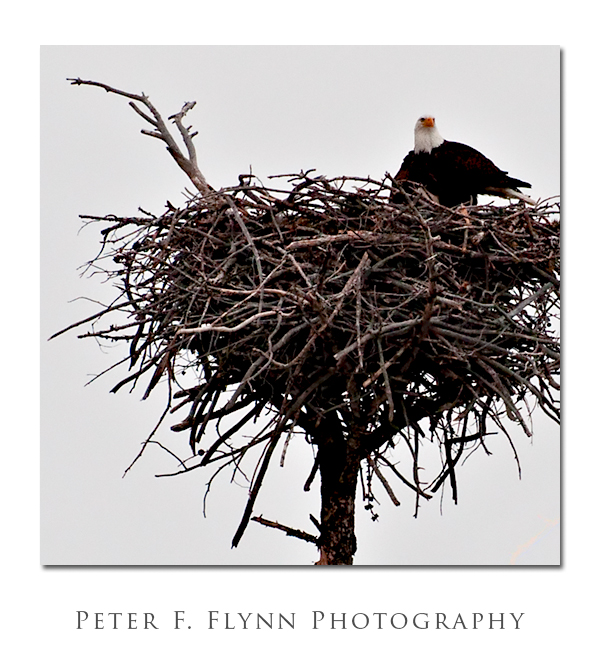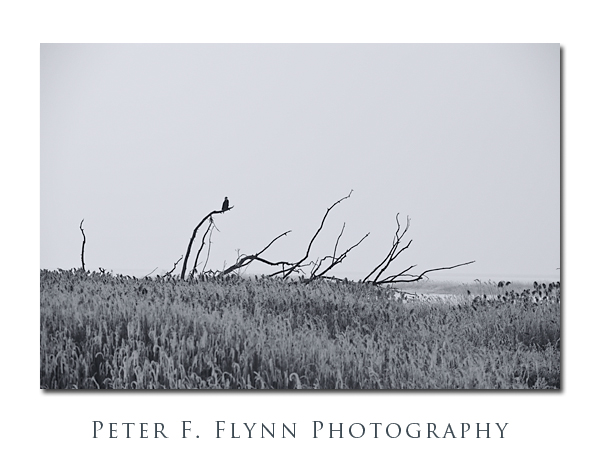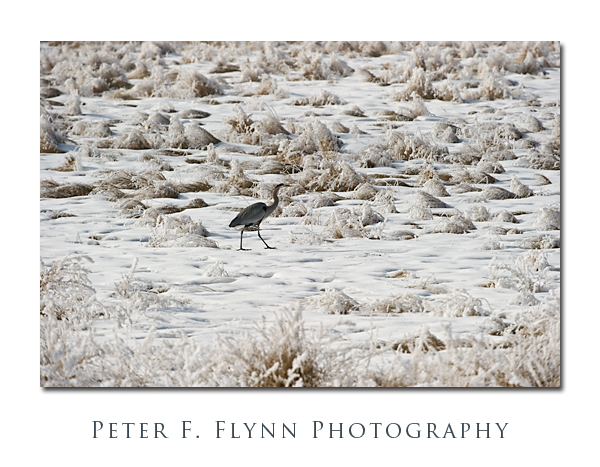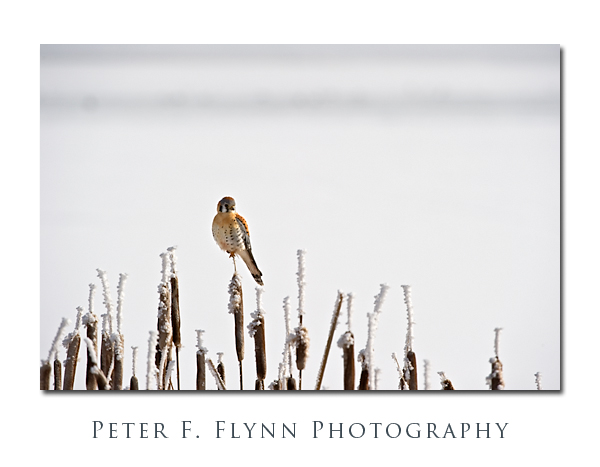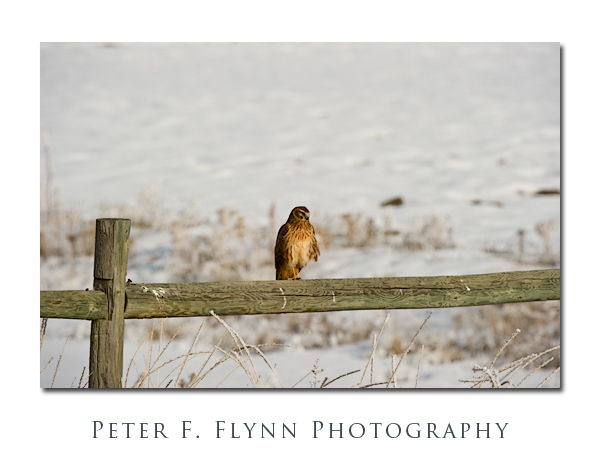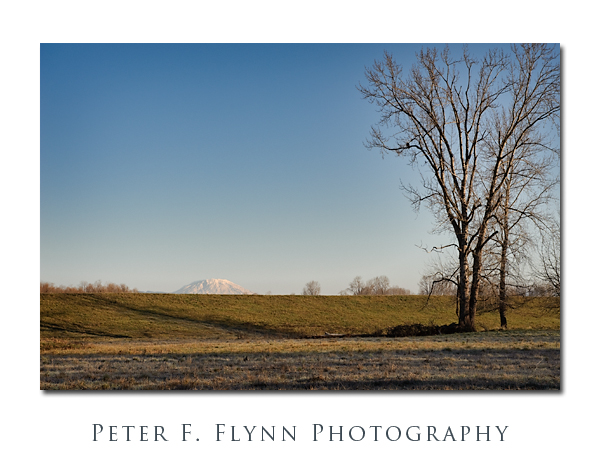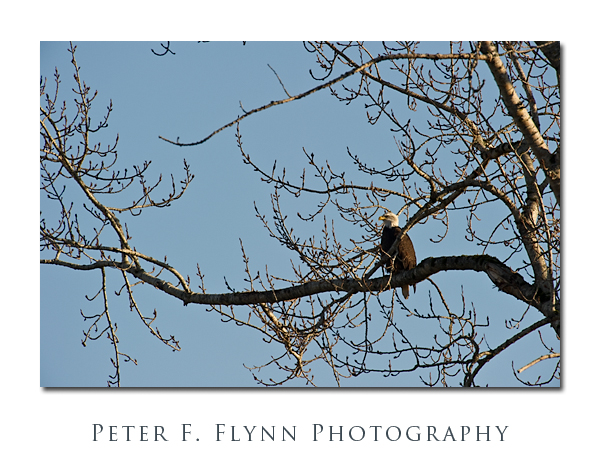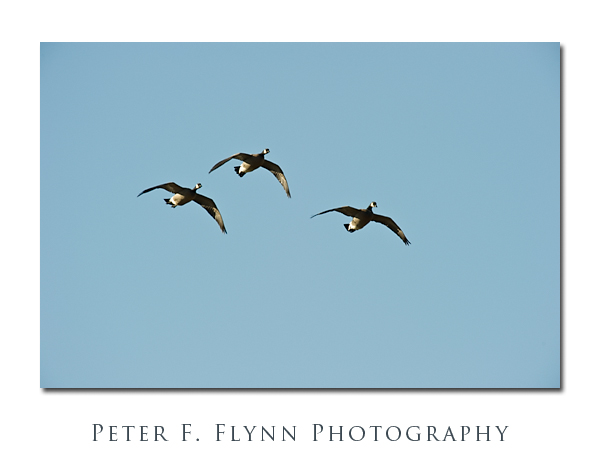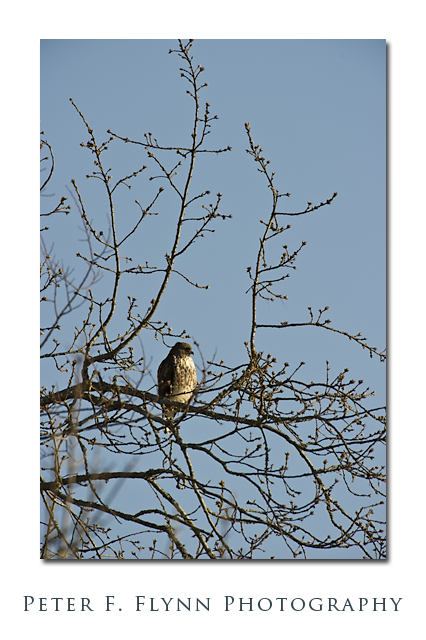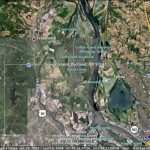Well, I’m finally back. No excuses, just lots of competing interests. The next few planned posts will focus on nine days; from May 15, 2010 through May 23, 2010, the HP and I spent exploring Yellowstone National Park. I’m hoping to generate content every couple of days, with each post focusing on one or two days. The planned roster of entries should thus be as follows:
May 15: Travels to the West Entrance and a late afternoon visit to the Madison River
May 16: Exploring the Upper Geyser Basin and an afternoon visit to the Madison River
May 17: Exploring the West Thumb area, including Lake Yellowstone and the West Thumb Geyser Basin; Midway Geyser Basin and Lower Geyser Basin; and then back to the Madison River
May 18: The road from Old Faithful to Mammoth Hot Springs and the Blacktail Deer Plateau
May 19: Mammoth Hot Springs Lower and Upper Terraces and the Blacktail Deer Plateau
May 20: Lamar Valley and Canyon Village, including the Grand Canyon of the Yellowstone
May 21: Along the Grand Loop Road
May 22: Along the Grand Loop Road: Mammoth to Tower-Roosevelt to Lake Village
May 23: Heading home
The image above of a bald eagle tending its nest, was recorded at about 19:00 on May 15, 2020, using the Nikon D300 and the AF-S VR Zoom-NIKKOR 70-300mm f/4.5-5.6G IF-ED lens. Exposure was f/8 at 1/1250s, ISO 800. Handheld. Image cropped. This eagle’s nest is perched at the top of a lone snag just a few meters from the road. The Park Service has posted signs designed to discourage the hoards from disturbing the birds. This is a damned-either-way proposition: If the signs are big enough to read, then everyone will see the signs and stop to take a look, and if the signs are really small, as they are here, then few people even notice them.
Copyright 2010 Peter F. Flynn. No usage permitted without prior written consent. All rights reserved.
